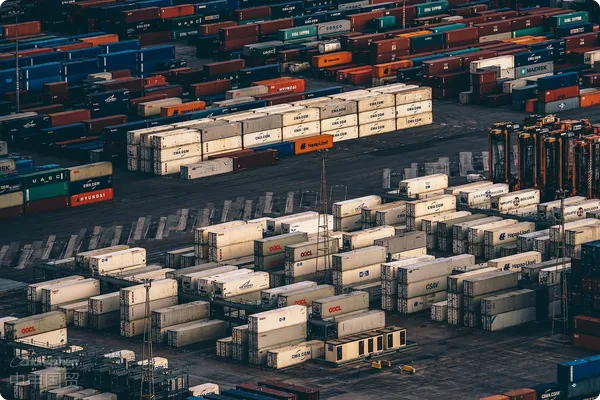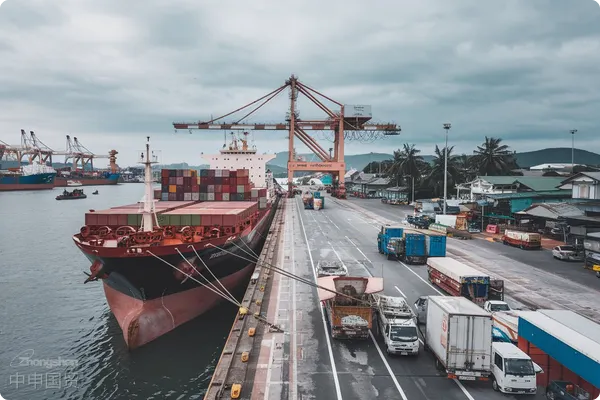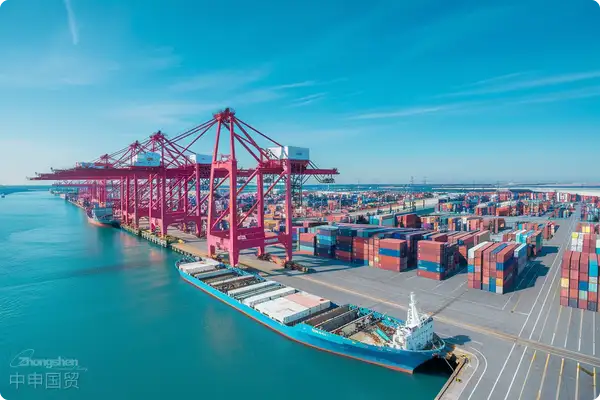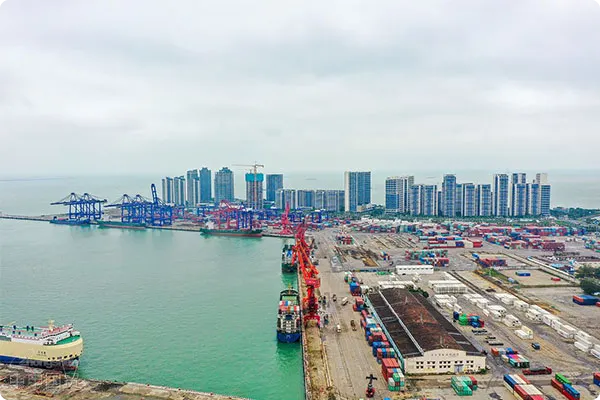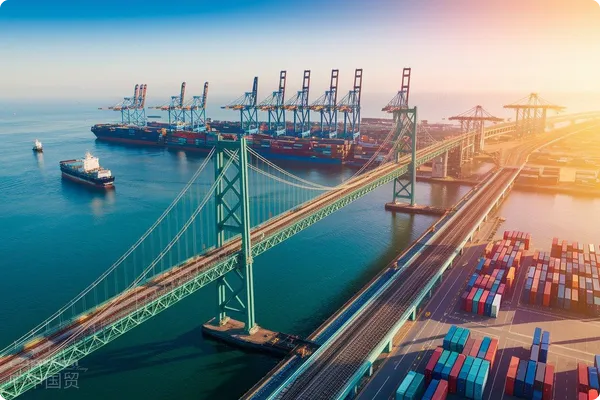- Shanghai Zhongshen International Trade Co., Ltd. - Two decades of trade agency expertise.
- Service Hotline: 139 1787 2118
In international trade, accurate declaration of the customs declaration form is the key to ensuring the smooth progress of theimport and exportprocess. Especially the declaration of the transaction method directly affects the valuation of goods, tax calculation, and compliance inspection. The following is a detailed guide on how to accurately declare the transaction method and related precautions:

I. Understand the Classification of Transaction Methods
The transaction method usually refers to the conditions for the transfer of ownership of goods and the assumption of costs agreed upon in international trade. Common transaction methods include FOB (Free on Board), CIF (Cost, Insurance and Freight), CFR (Cost and Freight), etc. Each transaction method has a clear definition, determining the allocation points of costs and risks.
II. The Importance of Declaring the Transaction Method
Accurately declaring the transaction method is not only related to the pricing and cost accounting of goods, but also involvesExport Drawback, tariff calculation, and other aspects. For example:
(1) FOB: The seller bears the costs and risks of delivering the goods to the export port, and the buyer takes over all costs and risks from the port.
(2) CIF: The seller bears the costs and risks of the goods reaching the port of destination, including insurance and freight during transportation.
(3) CFR: Similar to CIF, but does not include insurance premiums.
Correct declaration helps to ensure that the rights and interests of both trading parties are reasonably protected and can effectively avoid additional costs and legal risks caused by incorrect declarations.
III. How to Accurately Declare the Transaction Method
Carefully Review Contract Terms:Before filling out the customs declaration form, it is necessary to carefully review and confirm the transaction method clause in the trade contract to ensure that the declared information is consistent with the contract.
Confirm the Cost and Risk Assumption Points:According to the selected transaction method, clarify where the risks and costs of the goods are transferred, which will directly affect the customs valuation and taxes of the goods.
Consider Transportation and Insurance Factors:When choosing transaction methods such as CIF or CFR, it is necessary to consider the specific calculation of freight and insurance premiums to ensure that these costs are accurately reflected in the customs declaration form.
Communicate with Freight Forwarders or Customs Brokers:When unsure how to declare, communicate with professional freight forwarders or customs brokers in a timely manner. They can provide professional advice and services.
Pay Attention to Regulatory Changes:The rules and regulations of international trade may change. Keep an eye on relevant regulations to ensure that the declaration method always meets the latest legal requirements.
IV. Measures to Deal with Declaration Errors
Even in the most careful situations, declaration errors may occur. In such cases, the following steps should be taken:
(1) Correct as Soon as Possible:After discovering the error, contact the customs as soon as possible for correction to avoid greater economic losses.
(2) Record Communication Situations:All communications with the customs should be recorded in detail, including the time of communication, the content of communication, and the participants, etc., for possible verification and needs in the future.
(3) Adjust Subsequent Operations:According to the nature of the error, adjust subsequent goods handling and customs declaration operations to ensure that similar errors do not occur again.
Accurate customs declaration form declaration is a basic but crucial link in international trade. Proper handling not only helps the smooth progress of trade but also avoids unnecessary legal and financial risks.
Related Recommendations
Knowledge Base
Contact Us
Email: service@sh-zhongshen.com
Related Recommendations
Contact via WeChat

? 2025. All Rights Reserved. 滬ICP備2023007705號(hào)-2  PSB Record: Shanghai No.31011502009912
PSB Record: Shanghai No.31011502009912
